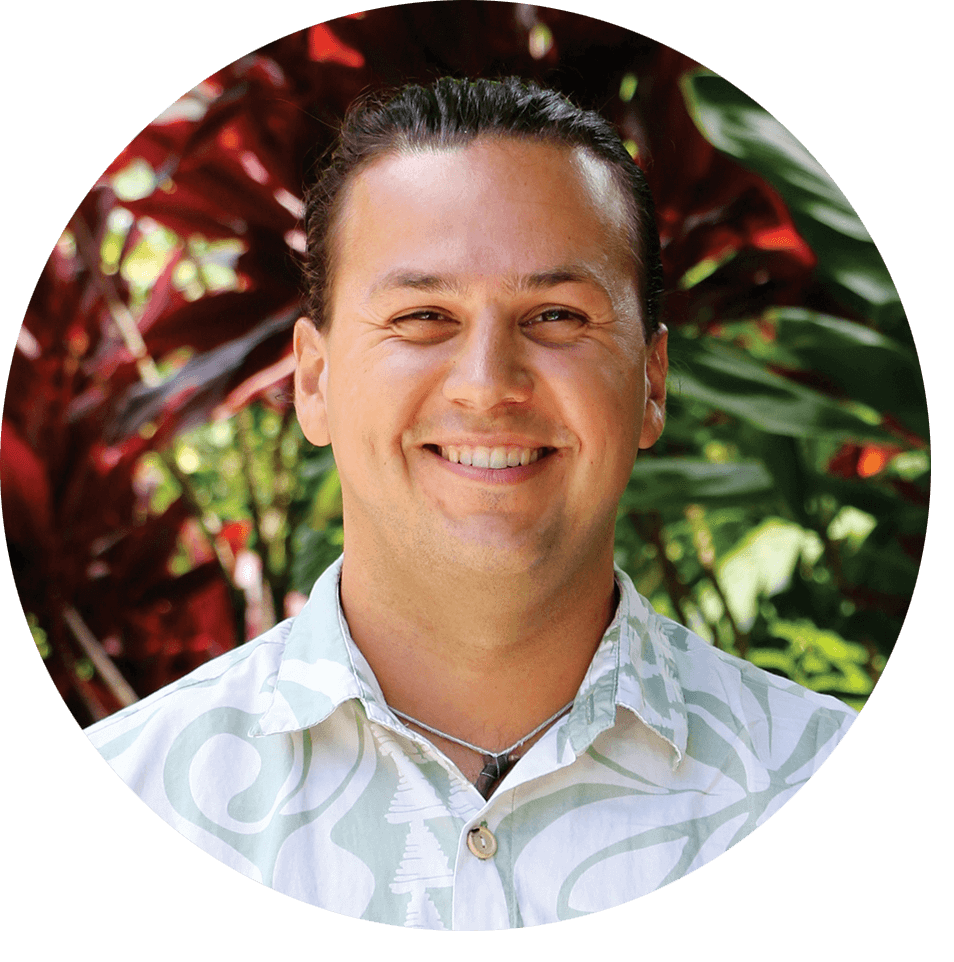
The Center for Teaching and Learning at Punahou (CTL) launched its exciting Summer Micro Grants program, created to support curriculum that is specifically designed to advance the K – 12 Student Learning Outcomes and to align with Punahou’s Strategic Initiatives. The new program led to 20 new curricular units being implemented during the 2023 – 2024 school year across campus.
“This type of innovation holds the capacity to forge a profound and lasting effect on student learning,” says CTL Director Candace Kodani ’92 Cheever. “I’m proud that this program supports the Center’s commitment to fostering a culture of continuous learning and improvement in our educational practices, ensuring that Punahou remains as dynamic as the world our students are preparing to enter.”
Punahou has a long history of providing grants to educators, but the Summer Micro Grants are different in a few strategic ways. For one, the application process takes place during the summer break. “In previous years, Punahou faculty had the opportunity to apply for Teaching and Learning Grants during the fall, to fund endeavors for the subsequent summer or school year,” Cheever says. “As the academic year commences, it can be challenging for teachers to think about the type of learning and curriculum design work they want to do many months ahead.”
In addition, conventional grants were reserved for large scale endeavors, such as designing a new course or executing comprehensive curricular overhauls – which meant fewer opportunities. “With these Summer Micro Grants, I aspired to democratize the spirit of innovation,” she says. “I was thrilled to see an inspiring wave of participation – 30 teachers from across K – 12 have seized this opportunity to engage in micro-innovation.”
Here are three exciting projects that illustrate how Summer Micro Grants are having an impact in the classroom:
“This Is Me Project” with Tricia Masumoto ’89 Matsumoto, kindergarten faculty, and “Under the Hala Tree” with Joanne Lau-Chaloeicheep, first grade faculty.
At the heart of Punahou’s innovative approach to education are two newly crafted units for our youngest learners in Omidyar, designed to nurture self-awareness and a sense of belonging and kuleana. The two units aim to cultivate a vibrant classroom community where each child is celebrated for their unique identity and encouraged to explore their roles within various circles, from the family home to the broader community.
Starting with Tricia Masumoto ’89 Matsumoto’s Kindergarten class, the “This is Me” unit is anchored by guiding questions that prompt introspection and community awareness – Who am I? What communities do I belong to and come from? What is my kuleana to my communities? The unit culminates with an art exhibition where students showcase their unique identities with a mixed-media poster and interactive discussions with project buddies from a first grade class, as well as the Junior School Principal, Assistant Principal, K – 1 Dean, and the Director of Teaching and Learning.
First grade students continue celebrating their unique kuana‘ike, a perspective, with the “Under the Hala Tree” unit, focusing on their identities by exploring different parts of themselves and their place in the world. Students also begin to explore their cultural heritage by learning about the origins of their last names, sharing cultural historical family artifacts as well as family recipes. At the end of the unit, students reflect on their learning and learn the importance of embracing those who are similar and different from themselves. Joanne Lau-Chaloeicheep says, “I think it’s valuable to incorporate the mission in the classroom. A sense of belonging is essential to resilience and wellness. They feel they are part of something bigger than themselves and that what they do matters.”
A Collaborative Hawaiian Studies Curriculum aligned with K – 12 Learning Outcomes, third grade faculty.
This past summer, the third grade team undertook a project to revisit its unique and beloved Integrated Studies curriculum. Part of its mission was to align it closely with the K – 12 Learning Outcomes and one of our School’s strategic initiatives: Inquiry-Led Lifelong Learning. Four specific learning outcomes guided this redesign – Kuana‘ike, Collaboration, Critical Thinking, and Kuleana.
“Our goal is to honor tradition while embracing a new approach to Hawaiian studies with a new generation of learners,” says the third grade team. “This Micro Grant empowered us to develop curricular work that continues to focus on the most important components of Hawaiian culture – to help students appreciate, respect and apply their learning within their own lives.”
One of the team’s central goals was to create additional student-centered experiences to ensure engagement, ownership and authentic learning. “The overarching theme encourages students to discover what they can learn from the past and present through cultural and scientific perspectives, in order to nurture their sense of kuleana to Hawai‘i and its people.”

Freshwater Ecology Education with Hands-On Exploration – Reid Hayes ’09, Academy Faculty.

Reid Hayes used a Summer Micro Grant to design the first unit of his new Freshwater Ecology course, offered to students in grades 10 – 12. This initial unit of the course will immerse students in five interactive sessions at the Lily Pond, the heart of our campus. The plan involves not just observing the pond, but delving deeper into its aquatic life – collecting baseline data like nitrate levels, pH, and temperature.
The curriculum focuses on sharpening students’ observational acumen, introducing them to in-depth analyses of pond conditions, and honing their data collection methodologies using advanced equipment and statistical analysis. Beyond just the scientific, a historical lens will be cast on the pond, offering students a glimpse into its transformation over the decades.
The overarching goal of this innovative unit is twofold: instilling a sense of kuleana or responsibility towards the well-being of the Lily Pond, and fostering an understanding of aquatic ecosystems from a biogeochemical perspective. Students will study intricate cycles like carbon and nitrogen and undertake lab experiments on photosynthesis using aquatic plants. Central to the course is collaboration, encouraging students to work synergistically – just as in the real world of science. The hope is for this cumulative data to inform and aid school-wide learning, even influencing potential future plans for the pond.
Beyond the confines of our school, students will expand their horizons to understand local watersheds, streams, and the broader domain of hydrology, setting a robust foundation for future ecological studies and cultivating an enduring respect for our planet’s water sources.
The Center for Teaching and Learning’s Summer Micro Grants Program is supported by many generous donors and endowed funds, including the Cole Family Fund, established in 1988 by David and Maggie Cole in recognition of Punahou’s faculty.
